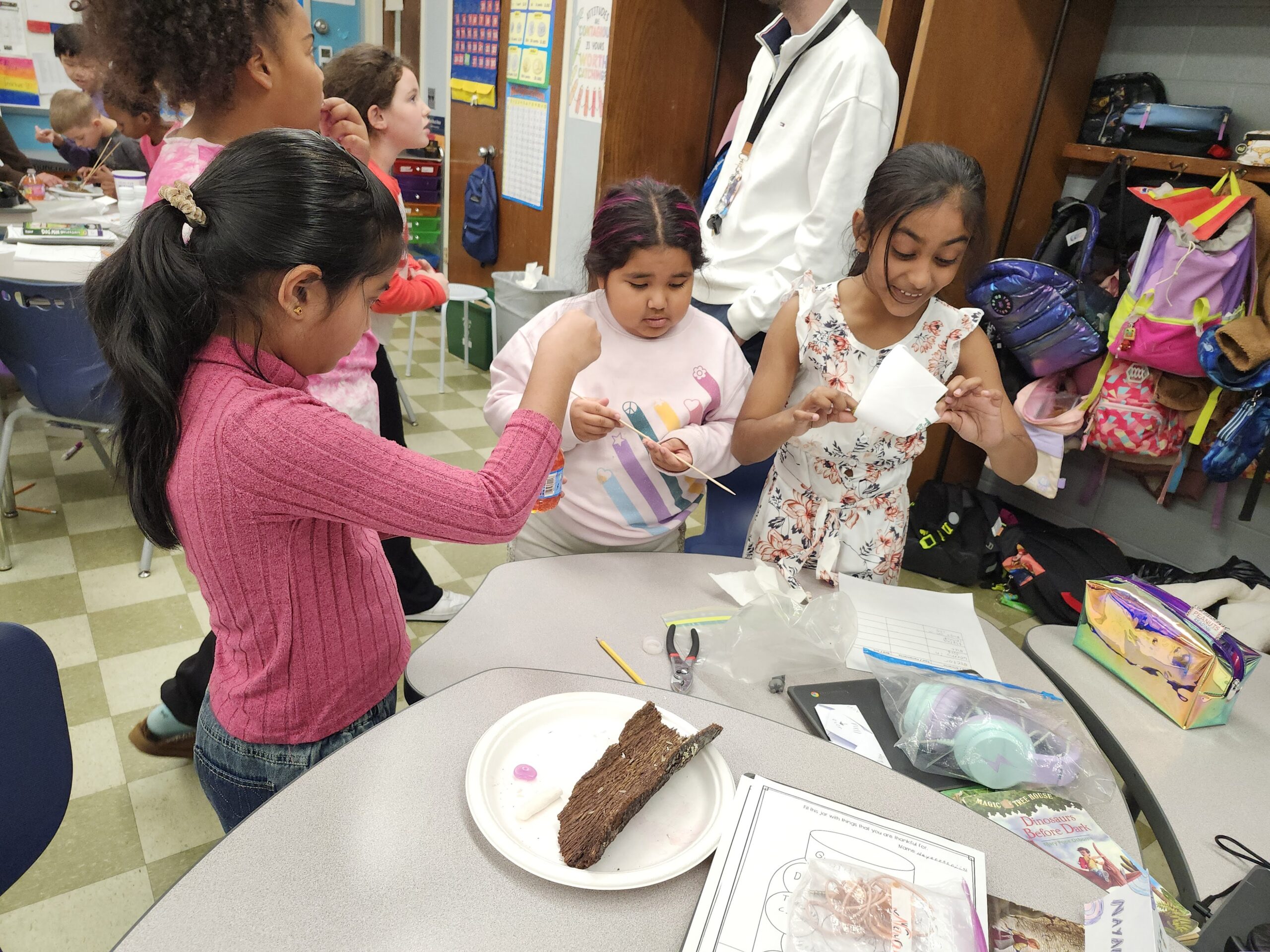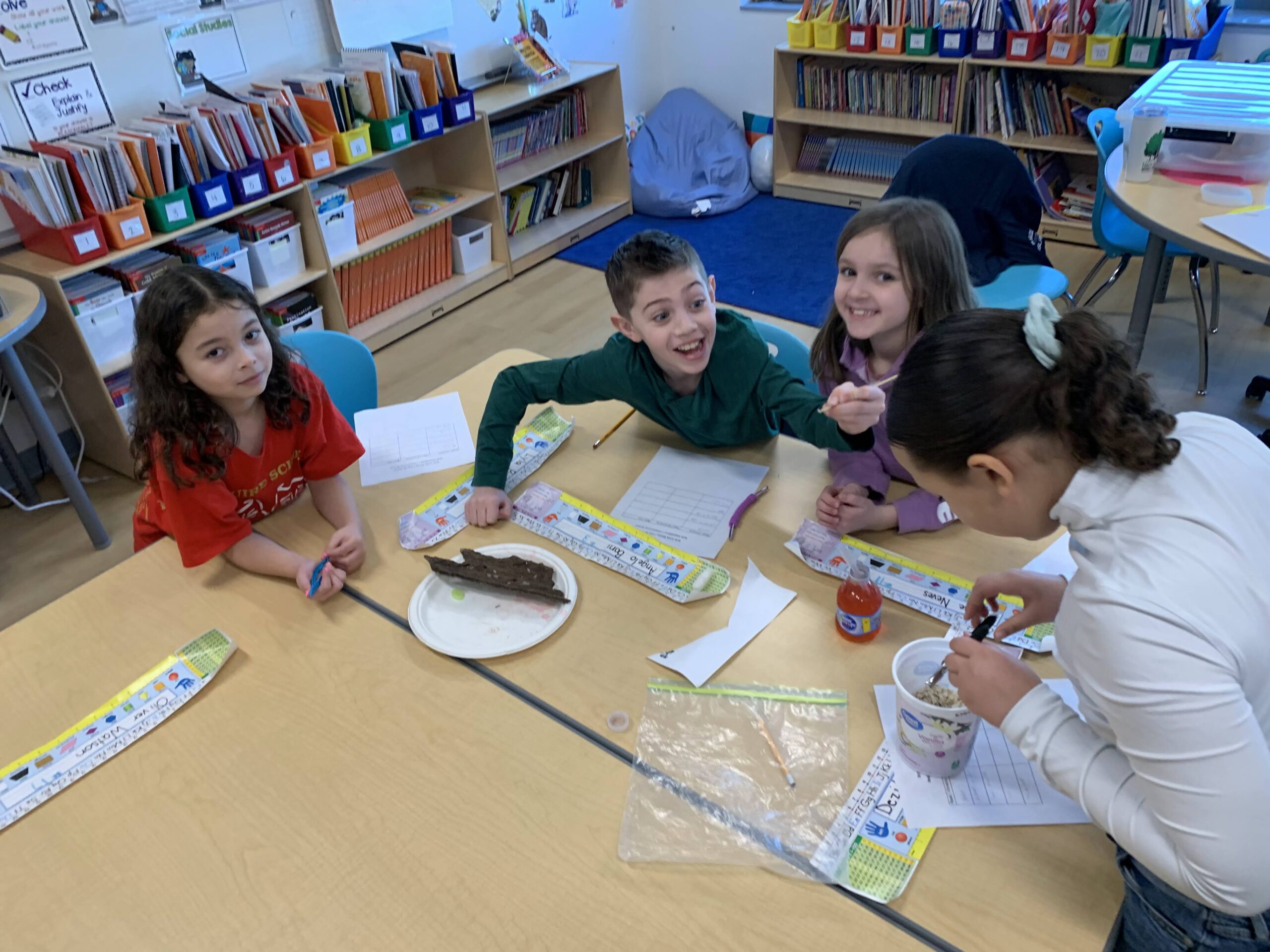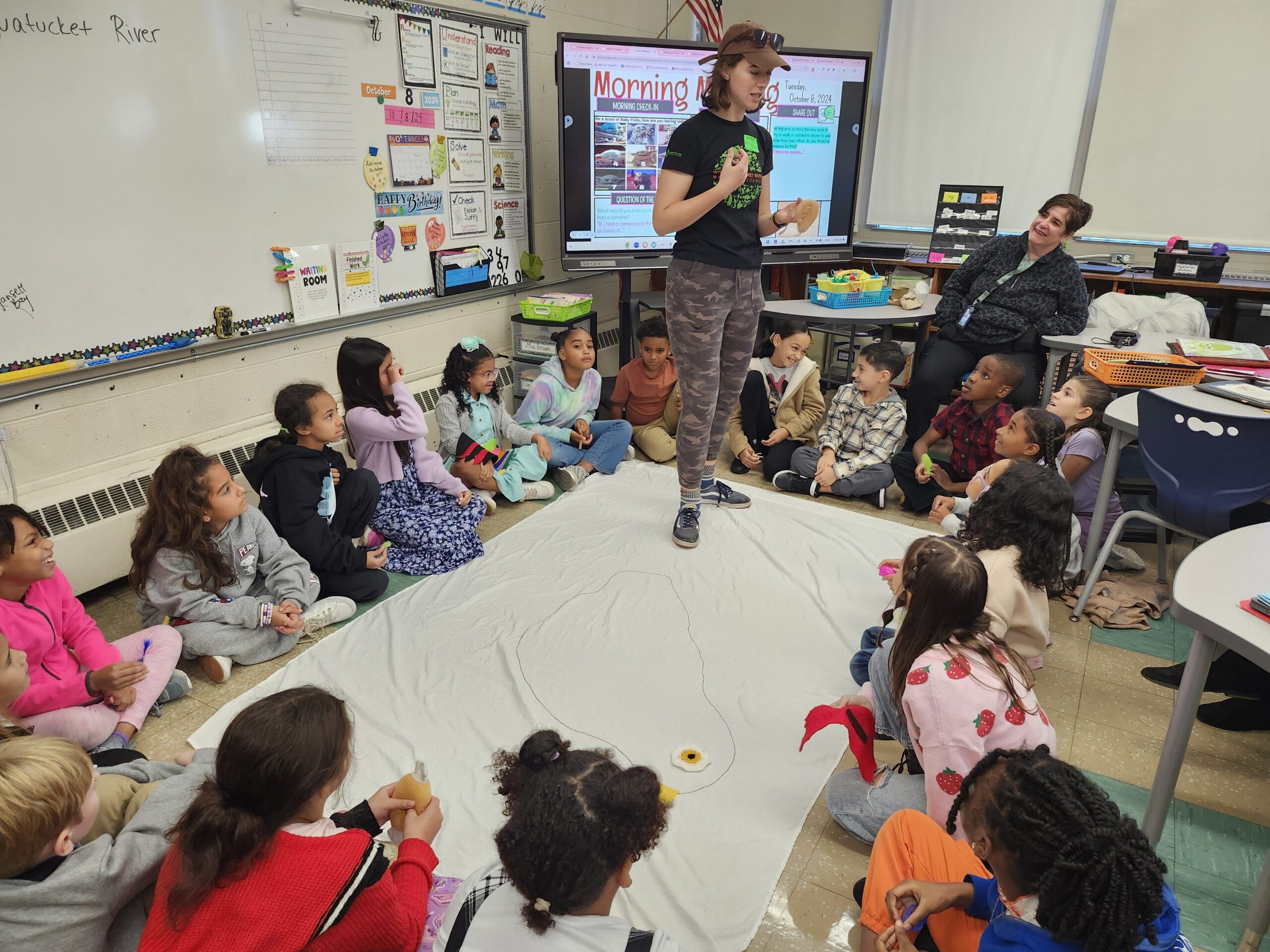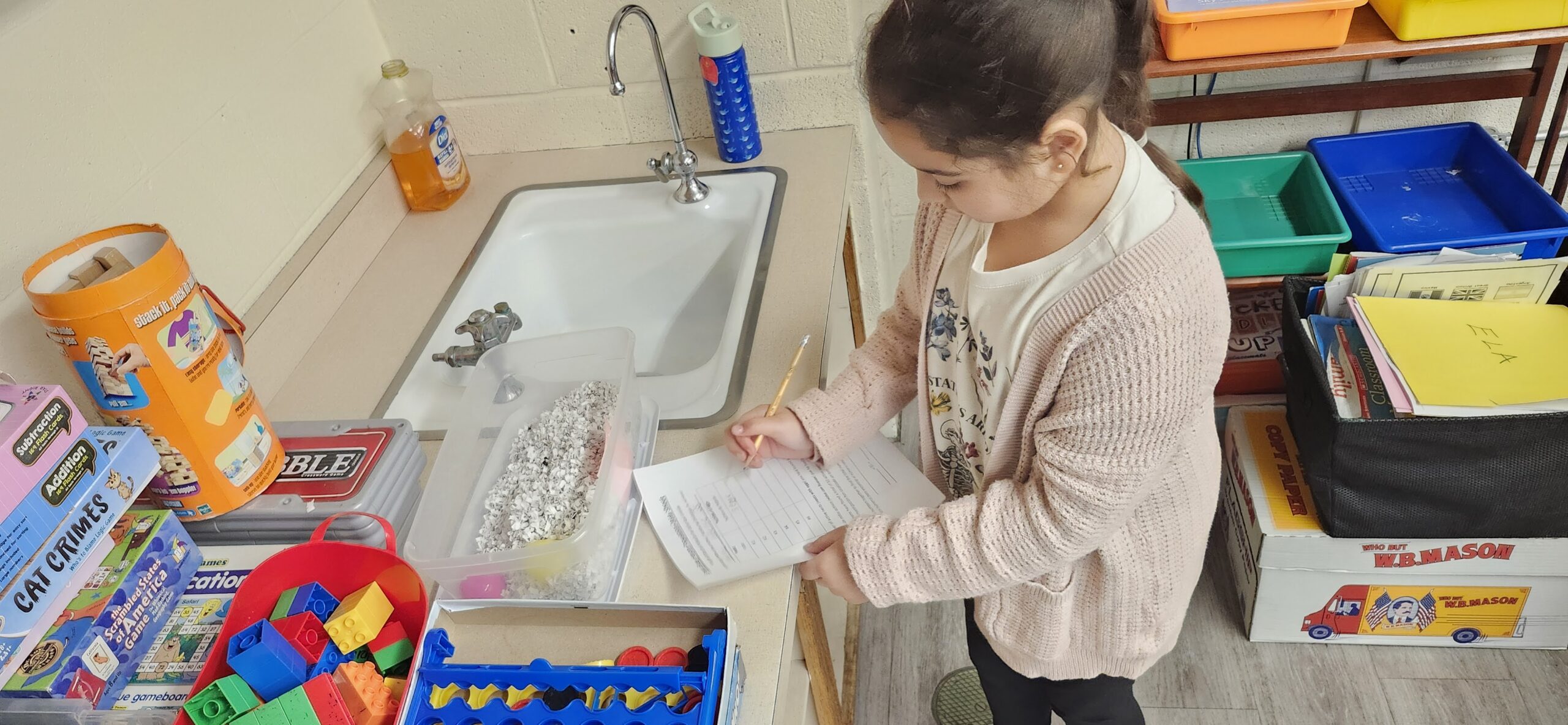Birds of a Feather: Mindfulness Together
This fall, our Environmental Education Program is running Birds of a Feather: Mindfulness Together, a hands-on program for 3rd graders across the Woonasquatucket watershed. The program helps students build observation skills, practice mindfulness, and learn about the birds that live along the Woonasquatucket River.

Learning Through Observation and Mindfulness
Each lesson begins with a mindfulness technique to help students focus and connect with nature. From there, we explore the science of birds, including their adaptations, diets, behaviors, and roles in the ecosystem. Students get to:
-
Learn about beak adaptations through matching activities and hands-on experiments with different tools representing bird diets.
-
Identify field marks by using props to recognize feathers, colors, and other species-specific features.
-
Explore migration through games, including the Great Blue Heron migration challenge, to understand why and how birds travel.

Becoming Young Ornithologists
By the end of the program, students understand what makes a bird a bird and how adaptations like beaks and feathers help birds survive. Through activities like observing fake nests and collecting data, students practice real scientific methods used in ornithology, contributing to population studies of species such as mallard ducks, Canadian geese, great blue herons, cormorants, red-tailed hawks, blue jays, cardinals, mourning doves, pigeons, black-capped chickadees, American goldfinches, American robins, crows, and ravens.
Students also learn that birds play important roles in ecosystems. They disperse seeds, pollinate plants, control pests, and even help reduce ticks. Students discuss how human activity affects birds, including pesticides and fertilizers that wash into rivers, pollution, and impacts on fish populations that birds rely on.

Hands-On Learning and Fun Facts
From bird pop quizzes to creative projects, students actively engage with what they are learning. Highlights include:
-
Using different tools to mimic bird beaks and understand feeding adaptations
-
Observing fake heron nests to practice field data collection
-
Learning what not to feed wild birds
-
Discovering Rhode Island’s state bird, the Rhode Island Red, chosen in 1954 for its hardiness and egg-laying abilities
Our Education Director notes, “My personal favorite is the morning dove. We have a full lesson about this urban wildlife corridor species.”
Bringing Learning to Life
The program ends with a field trip along the Woonasquatucket River where students put their skills to the test in the real world. Third graders leave the program with the confidence to identify species, understand adaptations, and appreciate the role birds play in the environment.
This year, Birds of a Feather visited Pleasant View Elementary, Old County Road Elementary, Raymond C. LaPerche Elementary, and William D. Elementary, teaching hundreds of students to look, listen, and learn from the birds around them.
At the Woonasquatucket River Watershed Council, we are proud to help the next generation discover and connect with nature, one bird at a time.

